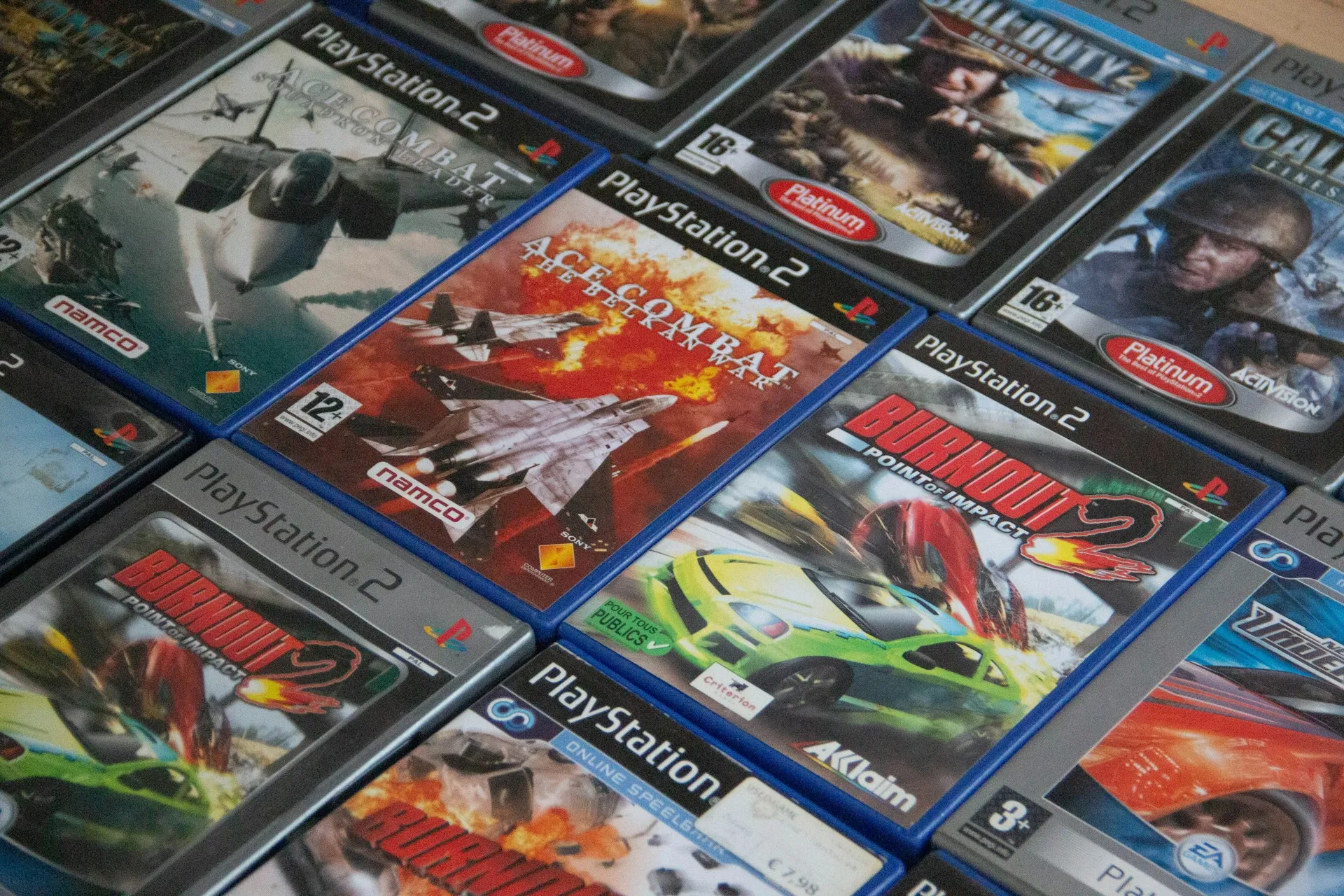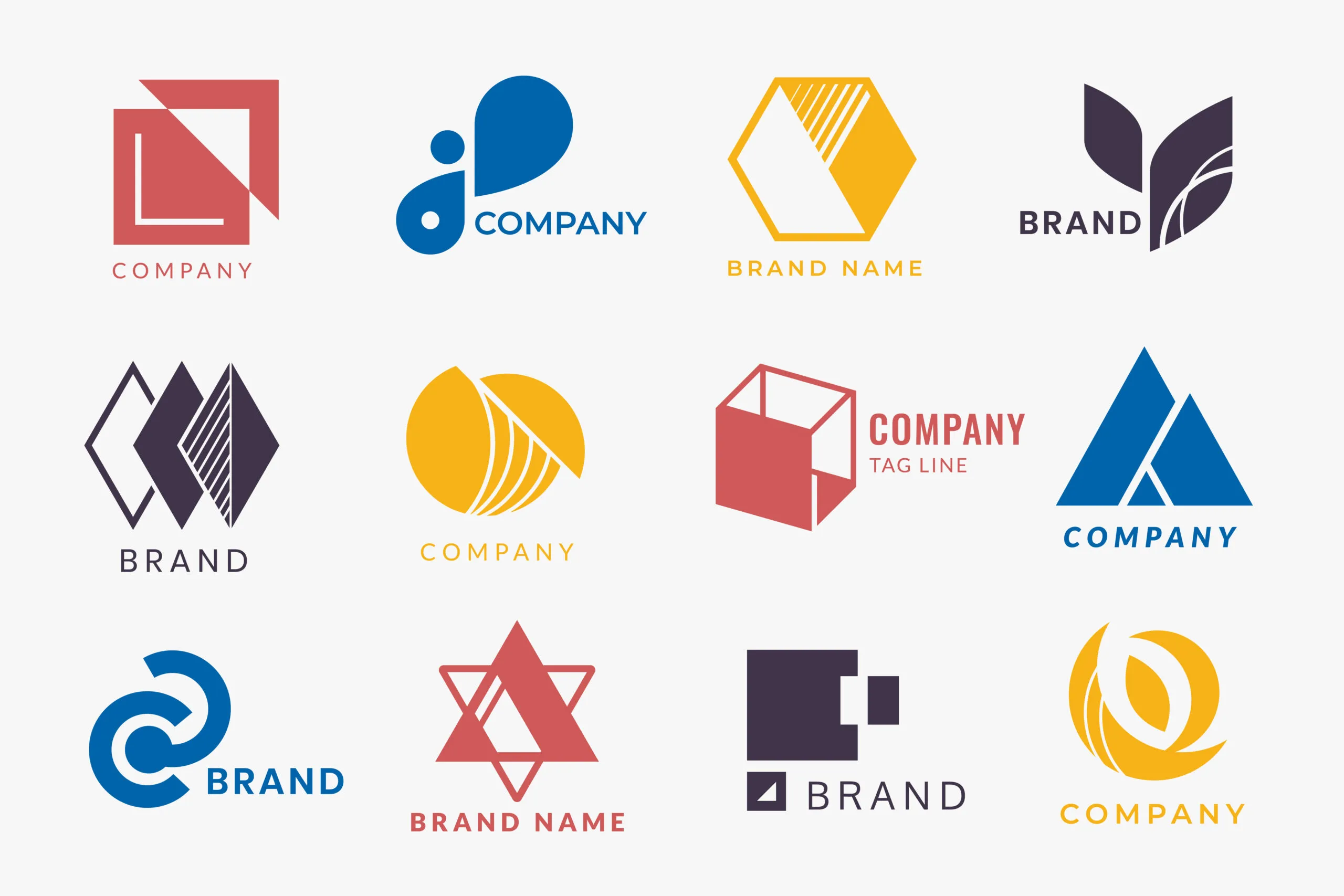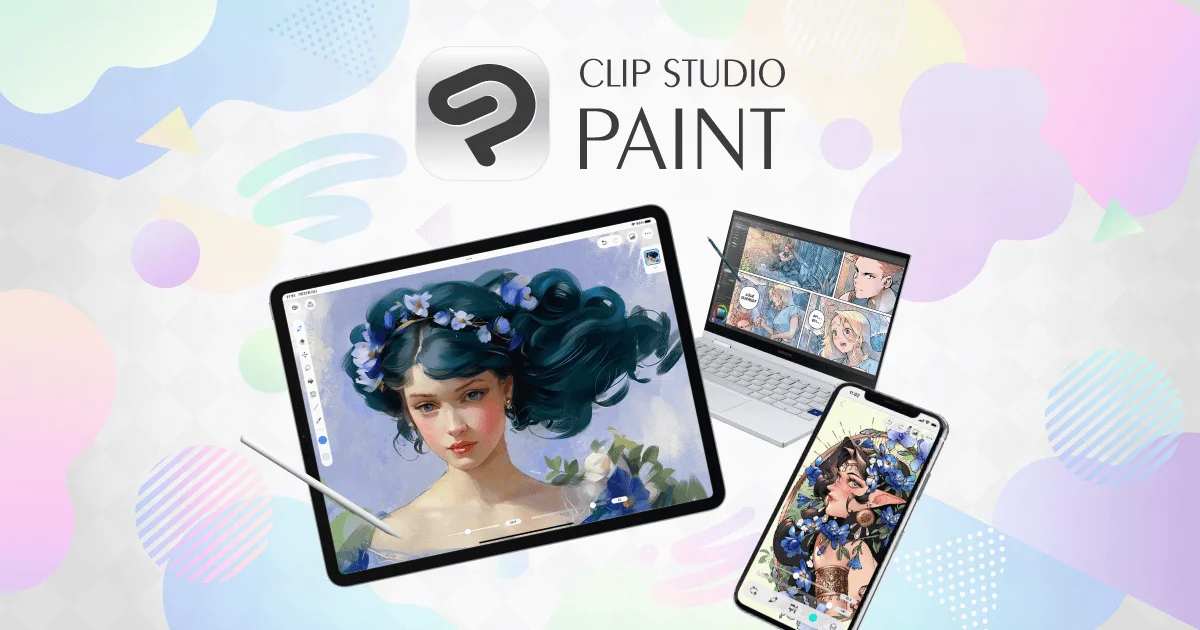Curious about how to become a video game designer? The path is both exciting and demanding, blending creativity with technical expertise. With the right approach, you can move from casual ideas to professional projects. Here’s a roadmap to help you carve out your place.
Key Takeaways:
- Game design requires creativity and technical knowledge, from storytelling to programming basics.
- A strong portfolio with completed projects and game jam entries proves your skills.
- Collaboration and networking are essential for career growth in the gaming industry.
How to Become a Video Game Designer: 7 Essential Steps
Breaking into game design requires a mix of creativity, technical knowledge, and persistence. The following steps outline a practical roadmap for anyone serious about shaping worlds and experiences in the gaming industry.
1. Understand the Fundamentals of Game Design
Start by building a solid understanding of what game design truly involves. Beyond flashy graphics and fast gameplay, design focuses on the interaction between mechanics, dynamics, and aesthetics. It’s about creating systems that feel intuitive yet rewarding, and building a flow that keeps players invested.
Classic titles like Tetris or The Legend of Zelda still serve as case studies in how simple rules can generate endless engagement. The more you dissect why certain games succeed or fail, the sharper your design instincts will become.
Also Read: Choosing the Best 3D Game Engines for Your Next Project
2. Obtain relevant Education or Training
Not all designers have a degree, but formal learning can be valuable. Today, you can find courses on design theory, storytelling, and even programming through universities, online platforms, or bootcamps. If you’ve wondered how hard is it to become a video game designer, the real challenge is staying consistent in practice and applying what you learn.
3. Learn and Master Game Design Software and Tools
Proficiency with industry tools is essential. Game engines like Unity, Unreal Engine, and Godot allow you to build prototypes and full-fledged games. While tools like Blender, Maya, or Photoshop support asset creation and animation.
To answer the question “how to become a graphic designer for video games?”, developing a strong command of these art and design programs is key. Additionally, experimenting with level editors and scripting languages will broaden your versatility, giving you the flexibility to contribute to multiple aspects of development.
4. Develop Strong Technical and Creative Skills
You might love crafting narratives, inventing characters, or shaping environments, but you’ll also need technical fluency to bring those ideas to life. Learning programming basics such as C#, C++, or Python ensures you can collaborate with engineers effectively.
Understanding UI/UX principles improves accessibility and flow, while studying player psychology gives you insight into motivation and engagement. If you’re curious about how to become a level designer for video games, honing both creative layout design and logical structuring will be your foundation.
Also Read: Exploring 3D Art Styles for Games: From Realism to Stylized
5. Build a Compelling Portfolio
Your portfolio acts as proof of your ability. It’s a narrative of your growth as a designer. Include prototypes, levels, mods, and character concepts that showcase a wide range of skills. Participating in game jams is a great way to add unique projects while demonstrating your ability to work under deadlines.
Employers often look for evidence that you can finish what you start, so even small, polished projects speak volumes. At this stage, you’re not just learning how to become a video game designer; rather, you’re showing the industry that you already are one.
6. Collaborate and Gain Teamwork Experience
Designers work alongside artists, programmers, sound engineers, and writers to craft cohesive experiences. Taking part in group projects helps you practice communication, problem-solving, and feedback loops.
Collaboration also exposes you to agile workflows and project management methods used by studios worldwide. Understanding how to adapt to team dynamics makes you more employable and better prepared for real-world development challenges.
Also Read: Mastering 3D Modeling for Games: From Beginning to End
7. Explore Career Opportunities and Network in the Gaming Industry
Finally, immerse yourself in the industry. Follow job boards and recruitment pages of both indie studios and AAA developers. Attend conventions, join Discord communities, and participate in local meetups. Networking can often open doors to internships, mentorships, or freelance gigs.
Over time, these opportunities build into long-term career stability. And remember that learning how to become a video game designer doesn’t stop once you land your first role. The industry evolves quickly, so continued learning and professional networking are what keep you relevant and ahead.
Also Read: Design Smarter: 10 Best 3D Modeling Software Tools to Use Today
Why Now Is the Time to Learn How to Become a Video Game Designer
The gaming industry is expanding faster than ever. The journey blends art, storytelling, and technology into one of the most rewarding careers today. With persistence and consistent practice, your skills will stand out. Now’s the time to start building projects, networking, and shaping the worlds you’ve always dreamed of creating.
Mastering design skills is one thing, but applying them in real-world scenarios is what sets professionals apart. Tridimensi provides aspiring creators with professional-grade assets, animations, and elements that let you focus more on your journey to becoming an aspiring game designer.






